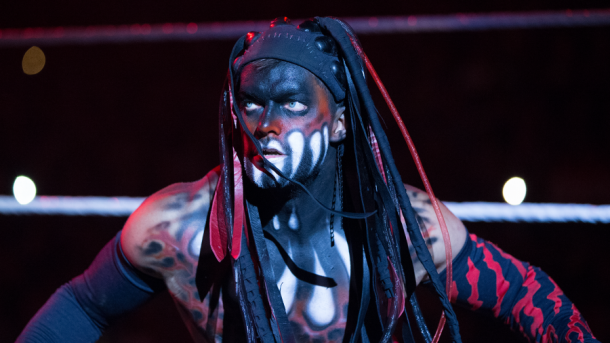The barometer for who was winning the Monday Night War when WWE’s Monday Night Raw would go against WCW’s Monday Nitro was the ratings. Eric Bischoff would boast about how Nitro would beat Raw in the ratings. Even though the war ended when Vince McMahon bought WCW in March, 2001, ratings are still an important part of the WWE.
A strong and consistent viewership will lead to greater negotiating power for the WWE brass when they discuss TV deals with networks and sponsors. A weak viewership would lessen the negotiating power which will create less revenue for WWE and weaken the stock price.
Comparing to Last Weeks Show
There are two ways to break down the Raw rating and the first method is to compare the rating to the previous week's show. The July 25th, 2016 episode of Raw had 3,339 million viewers while the August 1 episode had 3.314 million viewers. The drop off could have been expected because the July 25th show was the first of a new era and many fans would be intrigued about what would happen after the brand split.
Fans were also treated to two high-quality matches to debut the “New Era” of Raw on July 25th. First, Charlotte Flair dropped the WWE Women’s title to "the Boss" Sasha Banks. Second, Finn Balor defeated Roman Reigns to win a shot at the Universal Title against Seth Rollins at SummerSlam.

Comparing hour to hour
The second method to examine the Raw rating is breaking it down hour by hour. As the show went on the ratings decreased for Raw. The 8pm hour had 3,463 million viewers then dropped to 3,399 million viewers for the 9pm hour. From the 9pm to 10pm hour the ratings dropped even further to 3,081 million viewers. This data set provides evidence and a logical reason that Raw should be two hours but that will not change unless USA Network will stop paying for the third hour.








































